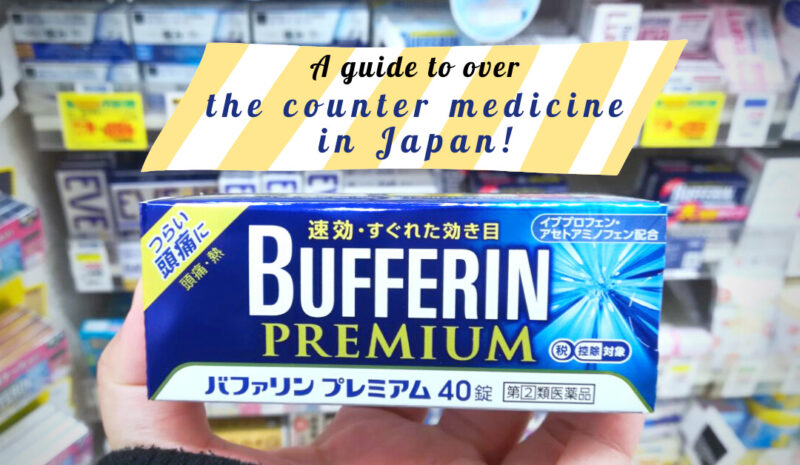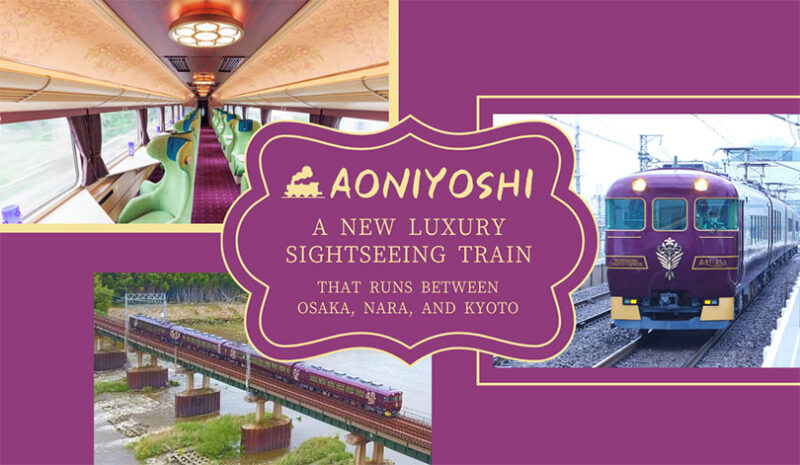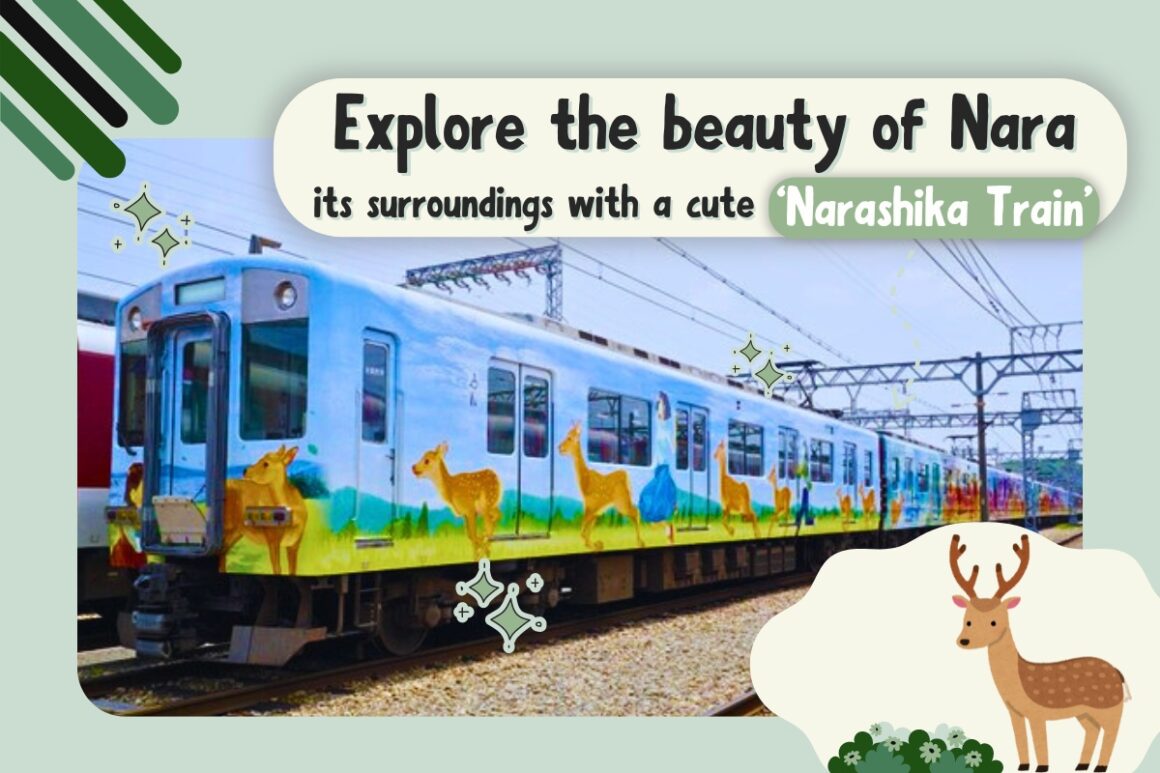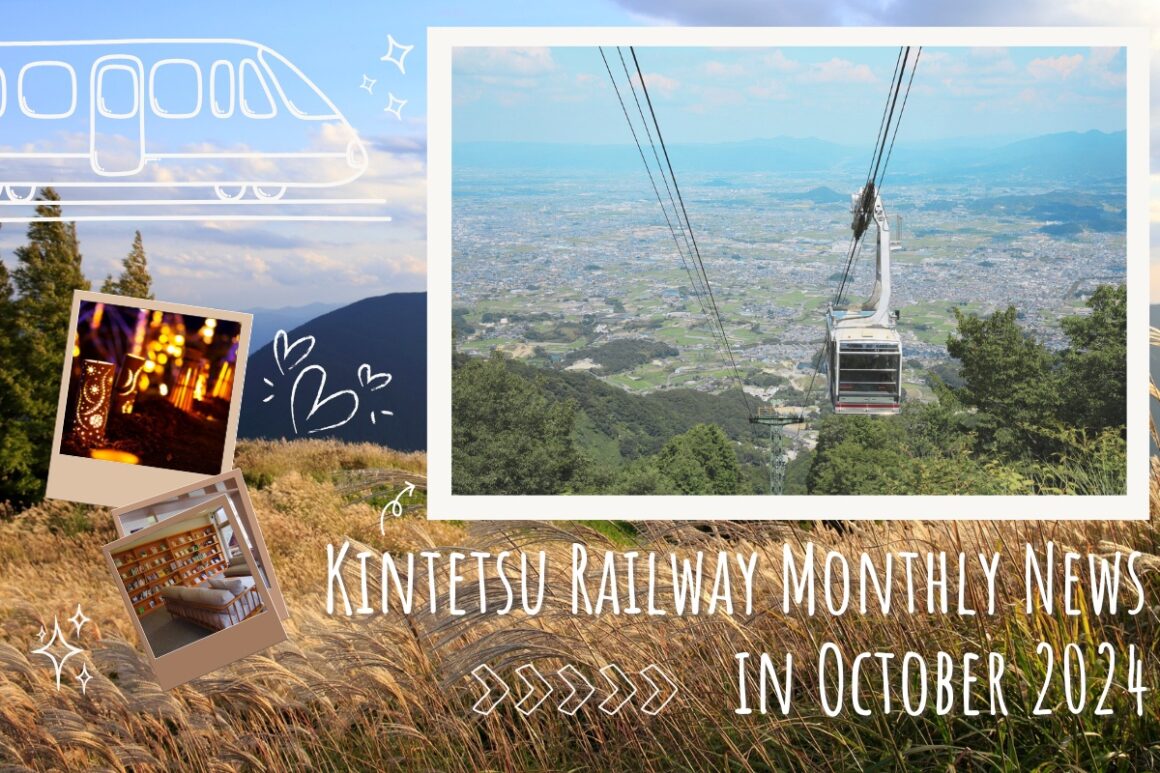Kimono and Yukata: how they are different
Mar 13, 2020

Kimono and yukata are similar in appearance to those who unfamiliar, but actually there are big differences between these two traditional garments of Japan.
Today we introduce how Kimono and Yukata are different to each other.
When to wear it

Kimono is considered as a formal wear for an important event, and since there are layers to wear underneath the Kimono, it is usually worn in the fall and winter.

Yukata is considered as a traditional wear for casual events, and since the fabric is thinner compared to Kimono, Yukata is usually worn in the spring and summer.
Layers underneath the fabric

Unlike Yukata, Kimono comes in layers; you will need to wear the underwear called “nagajuban” (長襦袢) underneath your kimono. Nagajuban is a robe made of cotton or silk that goes under your kimono to keep the kimono fabric clean. Usually the color of nagajuban is white, but sometimes you’ll see it in red, blue, or patterned.
Materials of the fabric

Yukata is made of simple and thin fabric that is breathable; typically made of cotton or polyester. Kimono, on the other hand, is made of luxurious and thick fabric that is more traditional and expensive; typically made of silk or brocade.
To wear socks (tabi) or not

Yukata is worn on casual events, so you don’t have to wear socks called “tabi” (足袋) to cover your feet. You only wear “geta” (下駄) or “zori” (草履) when wearing yukata.

However, Kimono is worn on formal events, so you have to wear tabi to cover your feet before wearing the “geta”.
How to wear it

Yukata can be worn in everyday life, and usually Japanese people wear this when attending a fireworks festival. Since it’s an everyday wear, most Japanese people can wear Yukata by themselves. Yukata only has one layer, so your collarbone will show, and since the obi is very simple too. The obi of yukata is usually twisted or folded in the front, but sometimes it’s located in the back too. If you’re confused which one is yukata or kimono, check the design or the materials of the obi; if it looks fancy and expensive, then you’re seeing a kimono, not a yukata.

Kimono however, is only worn on formal events; many Japanese people wear kimono when attending a concert, ceremony, wedding, or any other formal occasion. Since it’s a formal attired, Kimono has a minimum two layers and it doesn’t show your collarbone. The obi and the decorative accessories of Kimono are fancier than yukata. The obi of yukata is twisted or folded in the back. Wearing Kimono is way much harder than yukata, even some Japanese people often book a Kimono salon to help them wearing it before attending an event.






